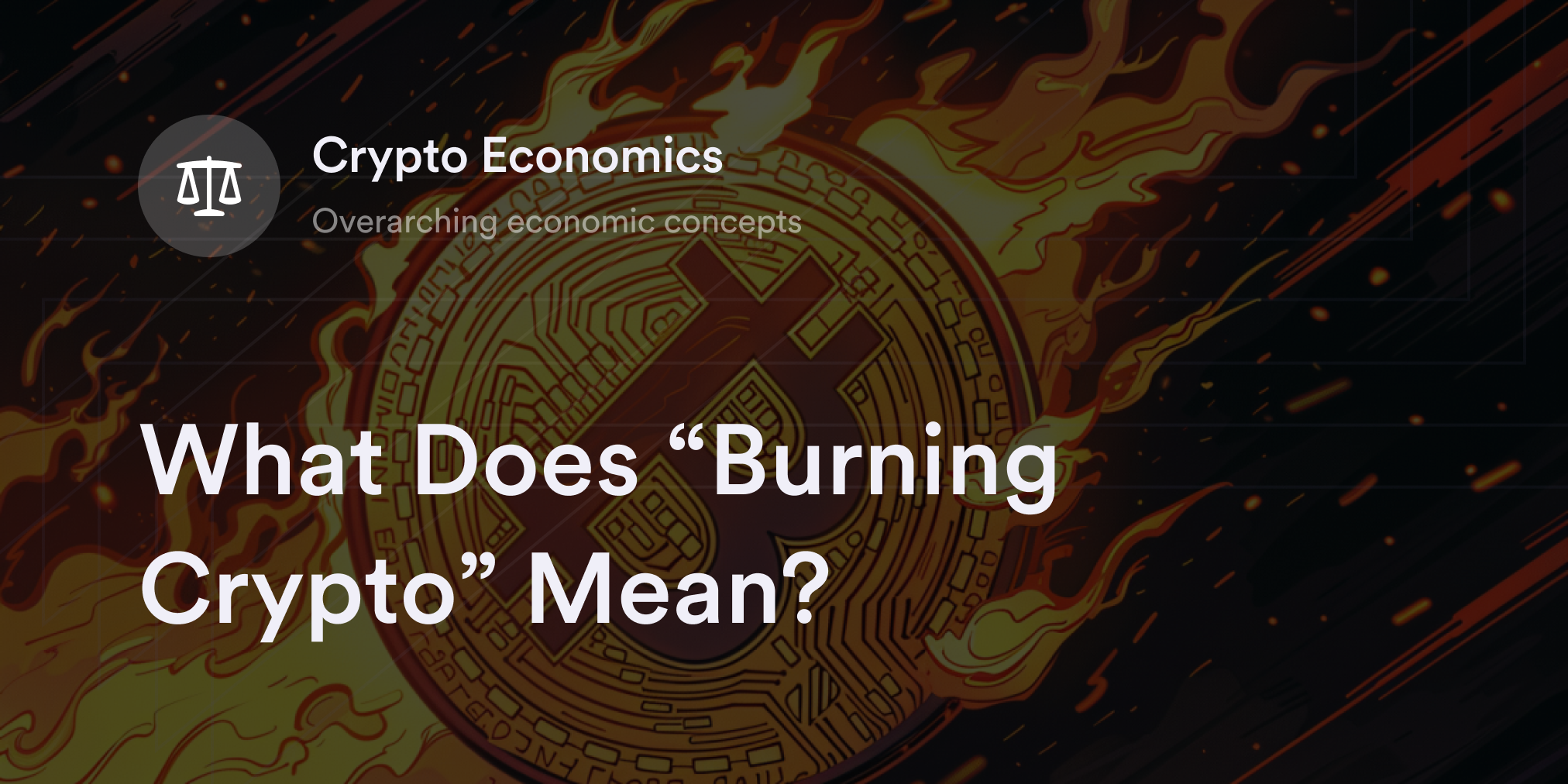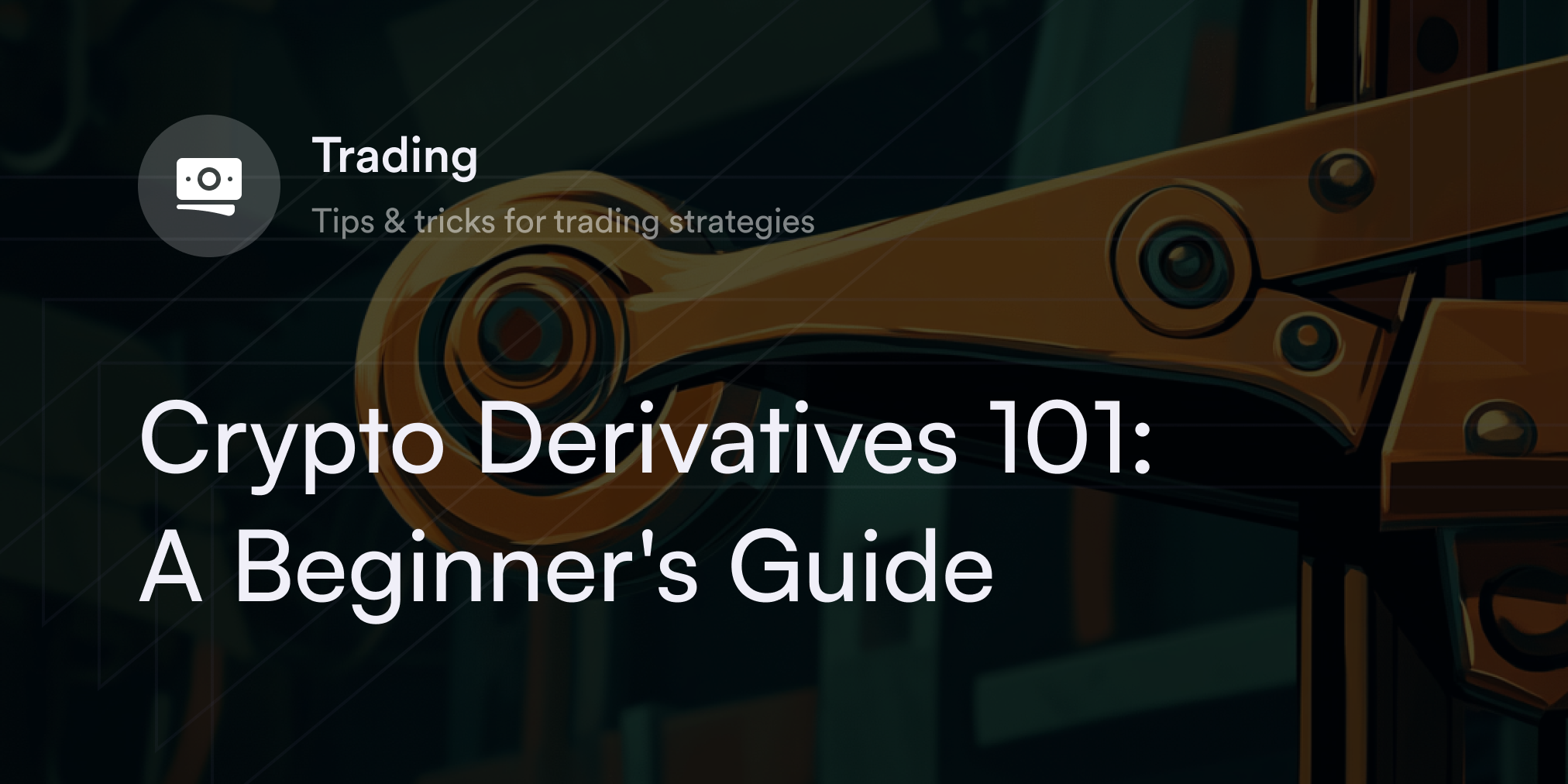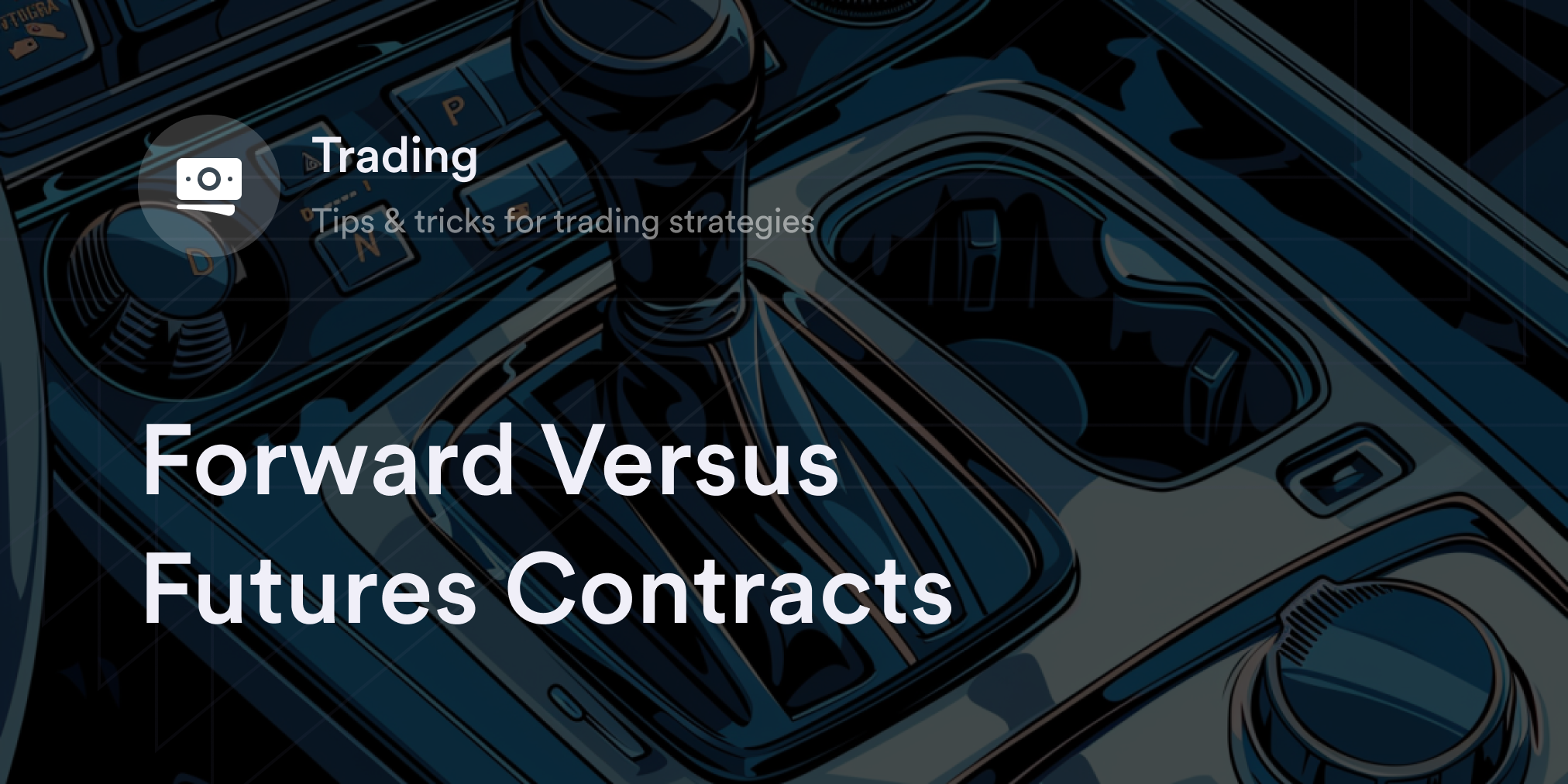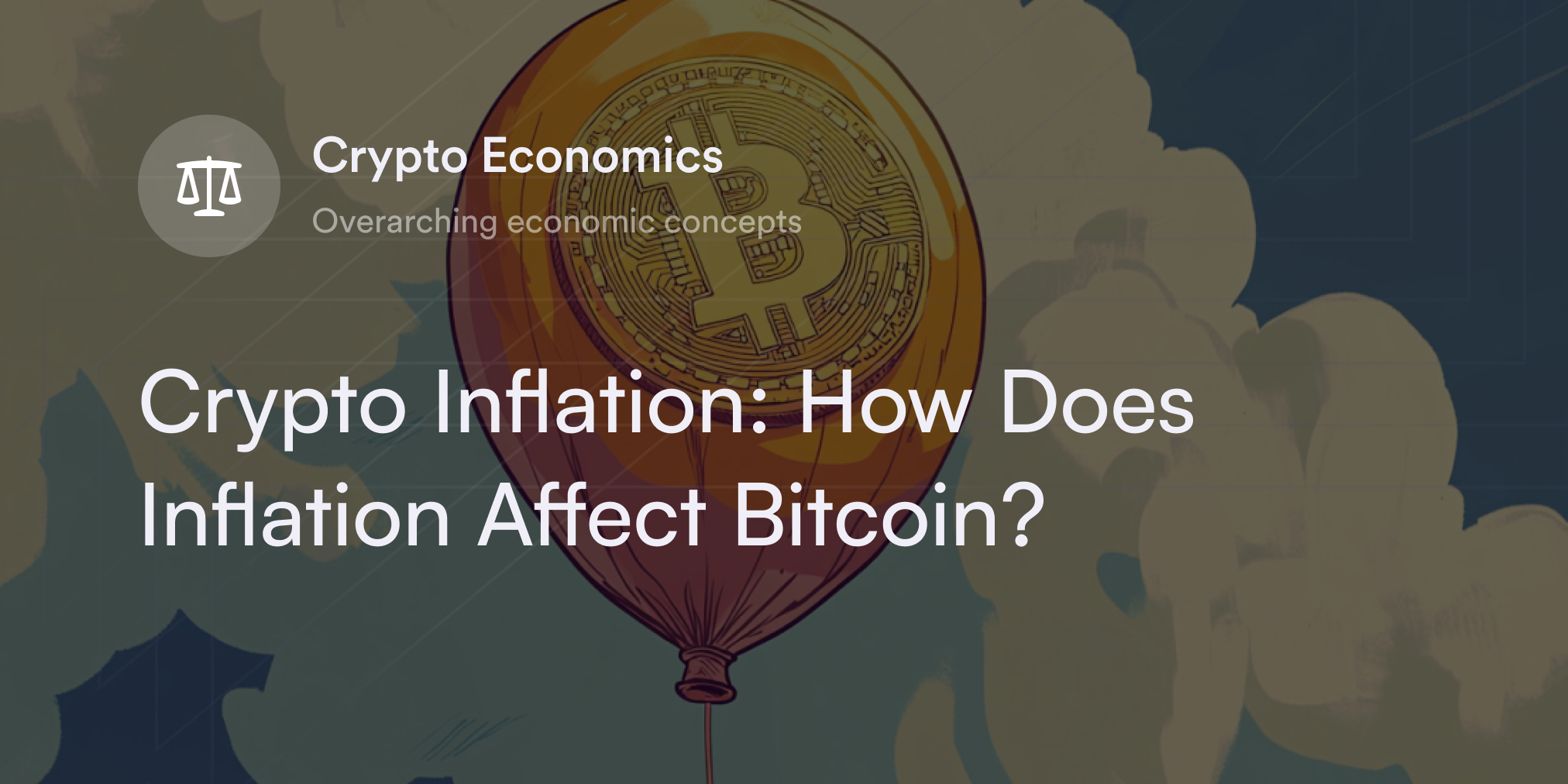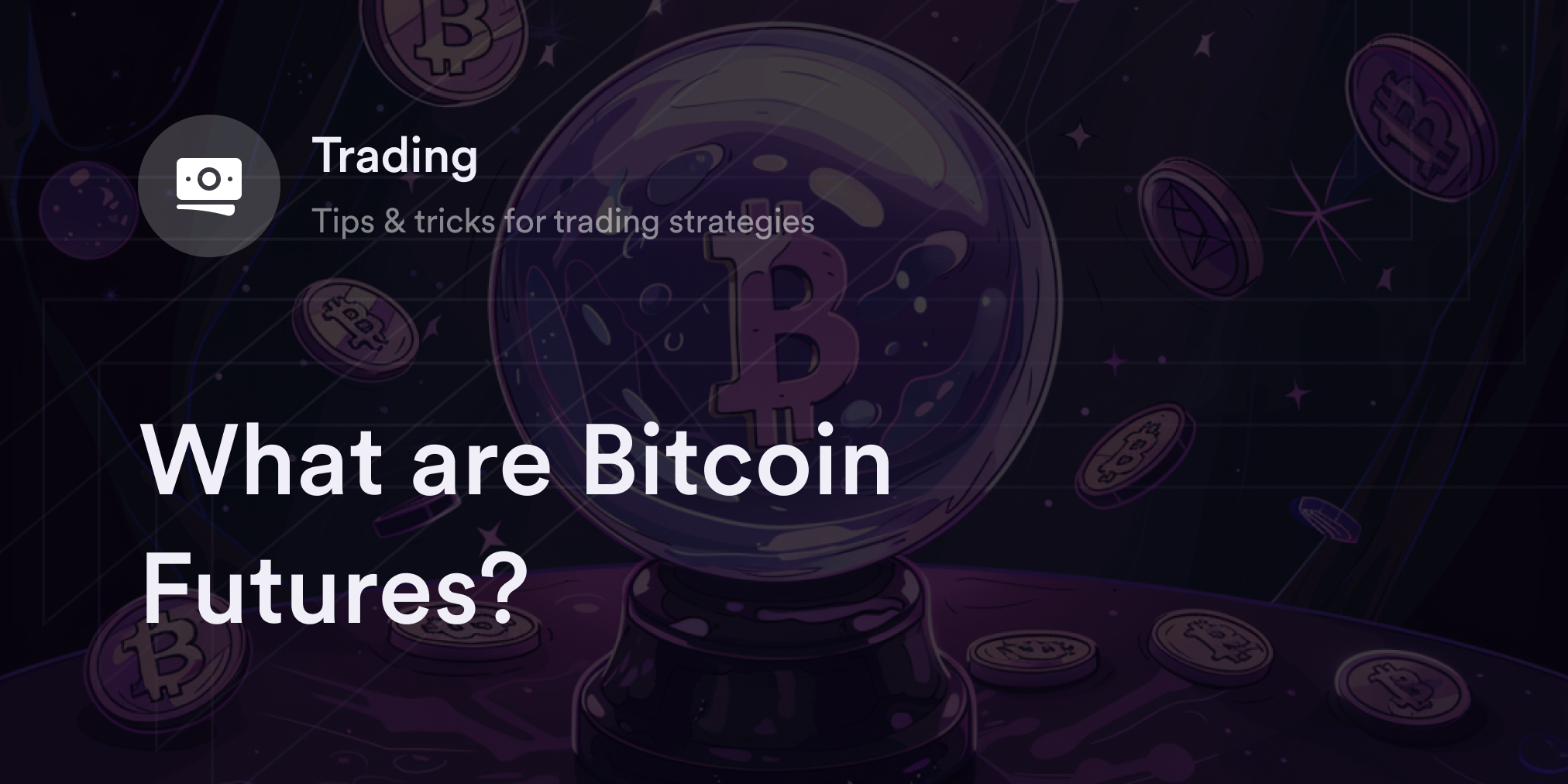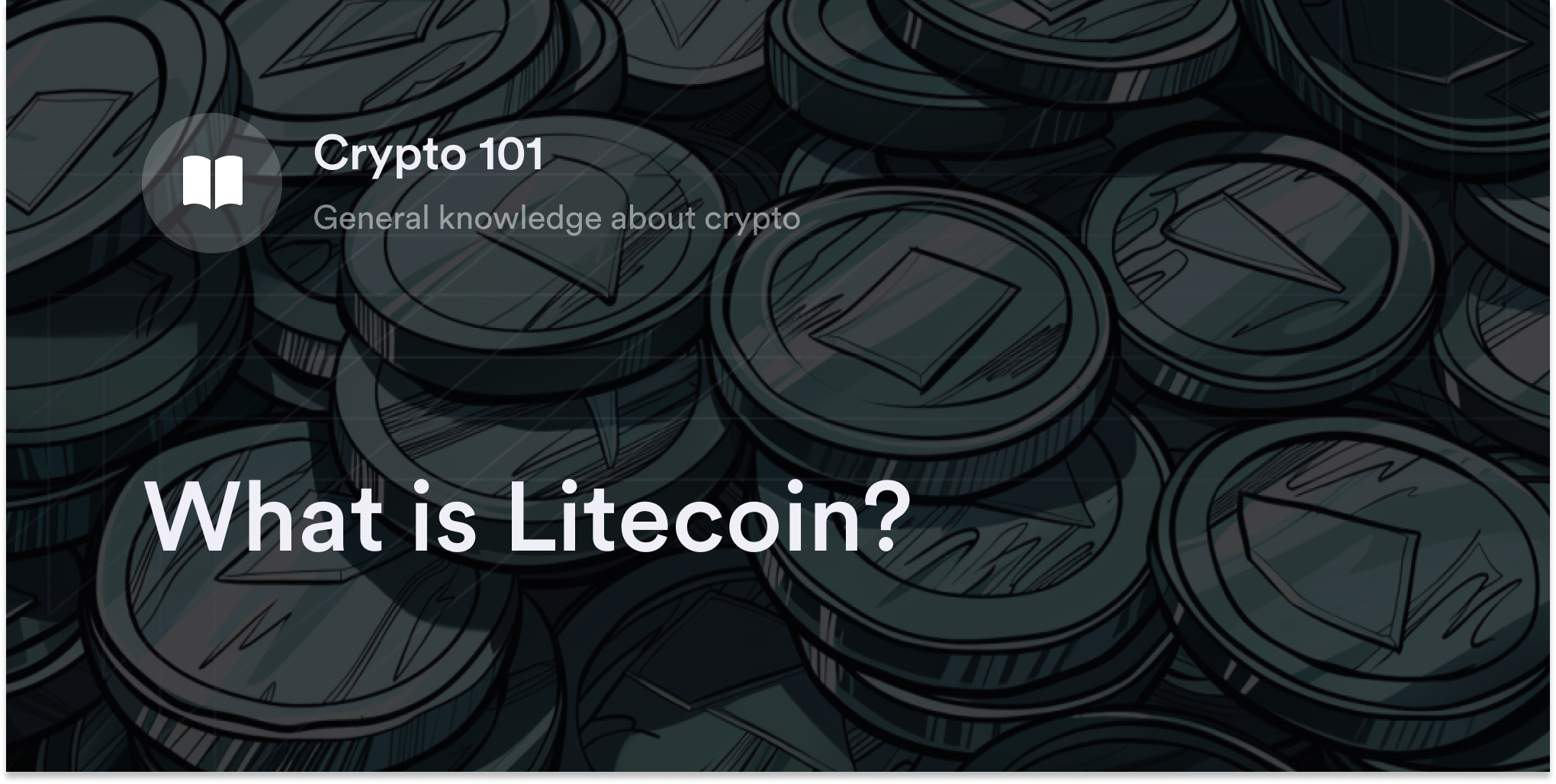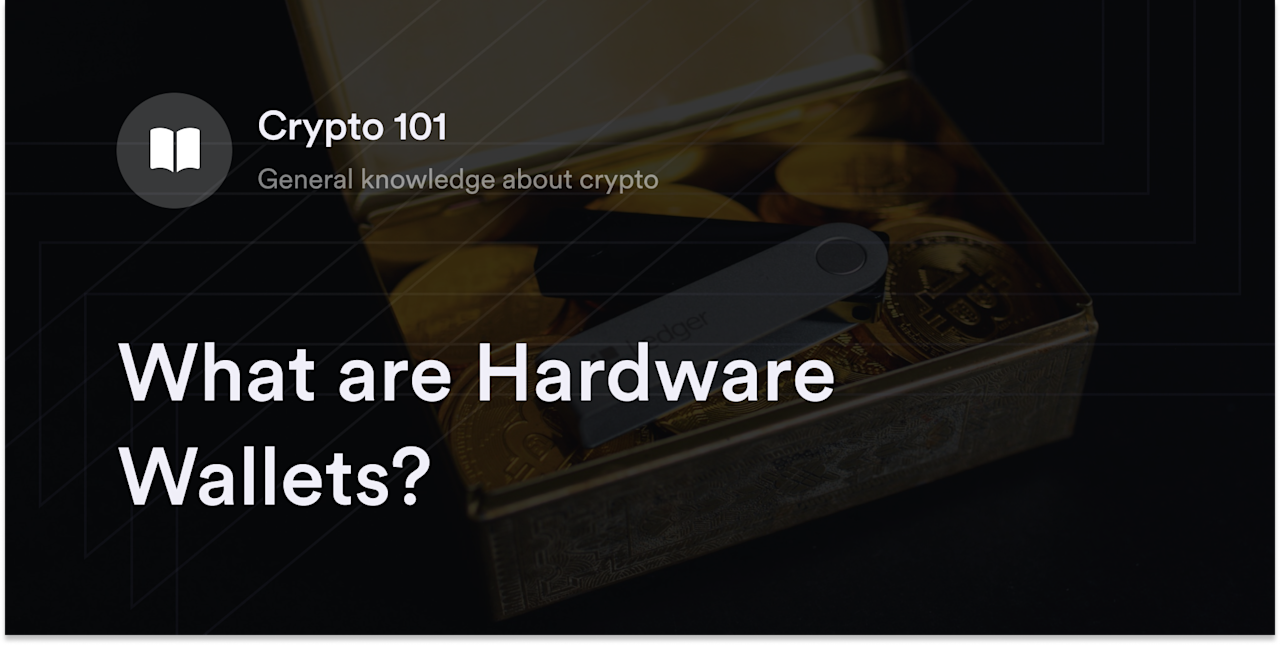


The launch of Bitcoin (BTC) or Ethereum (ETH) jump-started the whole crypto industry. This led to traders digging deep to pull hidden information to make informed trades and earn profits. Another digital currency that garnered massive attention was Solana.
Shortly after its 2020 launch, Solana transformed from an obscure crypto project into one of the world's most popular digital assets. As more traders jumped into the Solana ecosystem, thousands of developers and crypto enthusiasts began exploring Solana's unique applications and features. Some diehard Solana fans argue that SOL could overtake established cryptocurrencies, such as Ethereum.
Despite its relative youth compared with other crypto projects, Solana significantly impacts the digital assets sector. Understandably, more people are curious about what network Solana is on, why it's so popular, and how it differs from other cryptocurrencies.
What is Solana?
Introduced by programmer Anatoly Yakovenko in 2017, Solana is a decentralized cryptocurrency network or blockchain. After working for major tech companies like Dropbox and Qualcomm, Yakovenko created a new cryptocurrency network with an intricate confirmation system. Two years after Yakavenko published the 2017 Solana White Paper, the Solana blockchain entered beta mode, and the native SOL coin started trading on dozens of cryptocurrency exchanges. Presently, American company Solana Labs develops and maintains the Solana blockchain, while Swiss nonprofit Solana Foundation handles Solana's fundraising activities.
Like Ethereum, Solana primarily aims to help developers create decentralized applications (dApps) on its blockchain. Unlike current web-based apps like Facebook or TikTok, dApps rely on blockchain technology’s decentralization rather than corporations and centralized computer servers.
Developers on Solana use programs called smart contracts to automate processes in their applications. These smart contracts recognize inputs and outputs depending on their programming, removing the need for intermediaries in dApps. Hundreds of dApps exist in Solana’s ecosystem across fields such as non-fungible tokens (NFTs), decentralized finance (DeFi), and video games.
Fast transaction speeds and low network fees are Solana's most discussed features. The cryptocurrency has the potential to process 50,000 transactions per second (TPS) and typically charges fees of $0.00025 per transaction. Comparatively, Ethereum's TPS is around 20, and ETH fees range from a few dollars to more than $25 per transaction.
How Does Solana Work?
Solana uses two blockchain consensus algorithms to achieve its fast speeds and low fees. The first is proof-of-stake (PoS), where network participants lock SOL coins to validate cryptocurrency transactions. The Solana protocol incentivizes stakers with cryptocurrency rewards to put their SOL on Solana's blockchain. Every time Solana's PoS algorithm chooses a validator to confirm new transactions, it rewards them with a portion of SOL transaction fees. Other PoS blockchains like Ethereum, Cardano, and Polkadot use a similar validation structure.
The second consensus mechanism is proof-of-history (PoH), which automatically creates timestamps before validators submit their transaction data. Since PoH preverifies the time each transaction takes place, validators don't need to spend as much time and energy broadcasting and confirming incoming SOL transfer data. Solana has one of the fastest confirmation speeds in cryptocurrency because of PoH’s addition.
What is Solana Used for?
Solana's potential use cases are vast, but a few sectors are gaining the most traction on this blockchain. Many developers and traders focus on the following segments in Solana's ecosystem:
DeFi: DeFi dApps leverage blockchain technology’s decentralization to offer intermediary-free financial services with cryptocurrencies. Dozens of Solana-based protocols––such as Orca, Raydium, and Solend––let any eligible user with an SOL-compatible crypto wallet access decentralized trading, lending, and borrowing.
NFT marketplaces: NFTs are crypto tokens with unique blockchain addresses on networks such as Solana and Ethereum. Solana’s growth makes finding markets offering NFT minting and trading services easier. OpenSea and Magic Eden are NFT marketplaces with Solana digital collectibles.
Staking rewards: If Solana traders want to earn income on their SOL holdings, they can stake SOL coins and validate transactions on the Solana blockchain. Many crypto wallets, DeFi protocols, and crypto exchanges offer SOL staking services to help traders earn crypto rewards through validating transactions on Solana's PoS network.
Cryptocurrency payments: The Solana Pay payment processing system helps businesses use Solana's fast and zero-fee network. In partnership with fintech company Circle, Solana Pay relies on the stablecoin USDC to offer vendors and customers a convenient, safe, and transparent payment portal. Solana also offers a Solana Pay software development kit (SDK) for developers interested in building crypto payment integrations with the Solana blockchain.
What Type of Coin is Solana, and What's Its Purpose?
As Solana's native cryptocurrency, SOL is primarily used to pay transaction fees on the Solana blockchain. Validators and delegators also stake SOL to participate in the blockchain's PoS consensus mechanism to confirm transactions and receive staking rewards. Therefore, SOL is essential for the Solana network's efficiency and security since validators must lock SOL on-chain to participate in the validation process.
Although some people refer to SOL as a token, it's technically a coin because it's inseparable from Solana's main blockchain. For context, tokens are built on top of a preexisting blockchain (similar to an add-on application), whereas coins are an essential part of a cryptocurrency's core network.
When traders ask, "What is the price of Solana?" they mean the market value per SOL coin. Traders interested in SOL's price visit third-party crypto price aggregator sites, such as CoinMarketCap and CoinGecko. It's also easy to find SOL's price on both centralized and decentralized cryptocurrency exchanges such as Coinbase and dYdX.
How Does Solana Compare to Ethereum?
Solana is one of a group of cryptocurrencies colloquially called "Ethereum killers" due to their many similarities with the Ethereum blockchain. Like Ethereum, Solana uses a PoS consensus mechanism, has open-source code, and lets developers create dApps with smart contracts. Although Solana and Ethereum share a few features and goals, Solana distinguishes itself in a few notable areas:
Transaction speed: Solana's blockchain is one of the fastest in cryptocurrency, with an average throughput of 50,000 TPS. In contrast, the latest version of Ethereum processes about 20–25 TPS.
Crypto transfer fees: In addition to its speed, Solana is well known for its comparatively low fees versus Ethereum. On average, it only costs $0.00025 to transfer SOL, while transactions on Ethereum cost a few dollars during regular network activity and can rise above $20 when blockchain congestion is high.
Decentralization: At the time of writing, Solana has 2,476 validators, while Ethereum has more than 500,000. The smaller pool of validators helps Solana process payments faster than Ethereum, but it also means Solana isn't as decentralized.
Programming language: Solana programmers primarily use the Rust coding language to develop their dApps, but Solana is opening up to other languages, such as C++. In contrast, Ethereum designed a proprietary coding language called Solidity for creating smart contract applications.
Staking requirements: Validator nodes on the Ethereum blockchain must stake at least 32 ETH (or about $50,000 at the time of writing). Although Solana doesn't have a minimum staking level, validators must meet significant hardware requirements.
Note: Ethereum developers are working on significant scalability solutions to lower this blockchain's average gas fees and improve its transaction speeds. As a part of the ongoing Ethereum 2.0 upgrade, ETH’s team wants to offload the blockchain's transaction data in programs known as shards. Ethereum's upcoming sharding technology could bring its transaction speeds and fees close to Solana's current rates. Also, blockchain projects called layer-2 scaling solutions work with the Ethereum blockchain to provide faster and cheaper fees. For example, crypto traders use layer-2s such as Polygon, Optimism, and Arbitrum to transact on Ethereum without long wait times or high gas fees.
Solana has also had its fair share of criticisms. There have been many documented incidents where Solana has experienced network outages. There were over a dozen outages in 2022 alone and they have sometimes lasted for upwards of ten hours at a time. This has raised questions about the sustainability and scalability of Solana's blockchain.
dYdX Offers Solana Perpetuals
Solana is one of the dozens of cryptocurrencies available for perpetuals trading on dYdX's decentralized exchange. Whether you want to go long or short crypto assets like SOL, you can access up to 20x leverage and advanced trading controls with a dYdX account.
For more details on how to trade on dYdX, visit our blog and academy for more educational content.
Start trading on dYdX today!
Disclaimer
The content of this article (the “Article”) is provided for general informational purposes only. Reference to any specific strategy, technique, product, service, or entity does not constitute an endorsement or recommendation by dYdX Trading Inc., or any affiliate, agent, or representative thereof (“dYdX”). Use of strategies, techniques, products or services referenced in this Article may involve material risks, including the risk of financial losses arising from the volatility, operational loss, or nonconsensual liquidation of digital assets. The content of this Article does not constitute, and should not be considered, construed, or relied upon as, financial advice, legal advice, tax advice, investment advice, or advice of any other nature; and the content of this Article is not an offer, solicitation or call to action to make any investment, or purchase any crypto asset, of any kind. dYdX makes no representation, assurance or guarantee as to the accuracy, completeness, timeliness, suitability, or validity of any information in this Article or any third-party website that may be linked to it. You are solely responsible for conducting independent research, performing due diligence, and/or seeking advice from a professional advisor prior to taking any financial, tax, legal, or investment action.
You may only use the dYdX Services in compliance with the dYdX Terms of Use available here, including the geographic restrictions therein.
Any applicable sponsorship in connection with this Article will be disclosed, and any reference to a sponsor in this Article is for disclosure purposes, or informational in nature, and in any event is not a call to action to make an investment, acquire a service or product, or purchase crypto assets. This Article does not offer the purchase or sale of any financial instruments or related services.
By accessing this Article and taking any action in connection with the information contained in this Article, you agree that dYdX is not responsible, directly or indirectly, for any errors, omissions, or delays related to this Article, or any damage, injury, or loss incurred in connection with use of or reliance on the content of this Article, including any specific strategy, technique, product, service, or entity that may be referenced in the Article.

